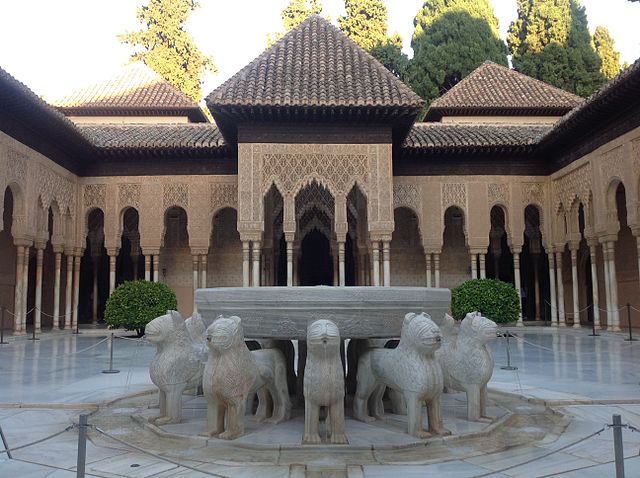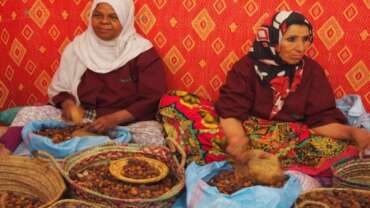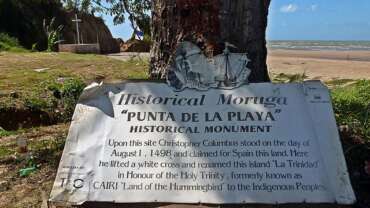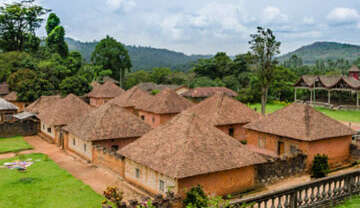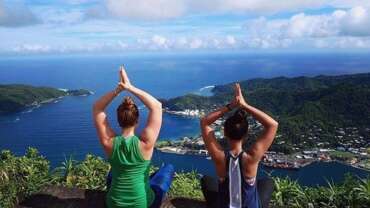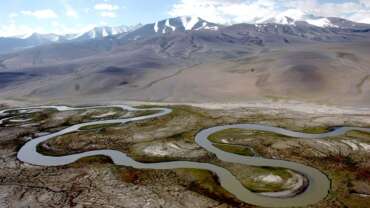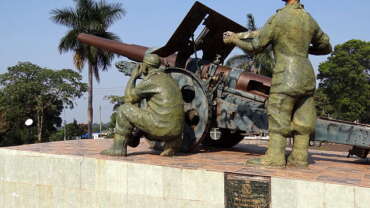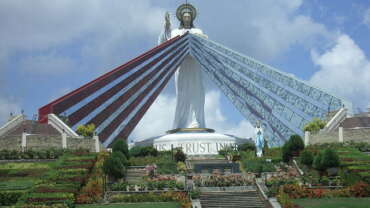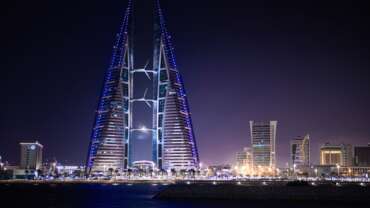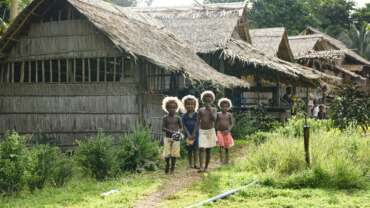Grenada - Pure Grenada!
Grenada is a Caribbean country comprising a main island, also called Grenada, and smaller surrounding islands. Dubbed the “Spice Isle,” the hilly main island is home to numerous nutmeg plantations. It’s also the site of the capital, St. George’s, whose colourful homes, Georgian buildings and early-18th-century Fort George overlook narrow Carenage Harbour. To the south is Grand Anse Beach, with resorts and bars.
History of Grenada
Grenada was sighted by Christopher Columbus on August 15, 1498, when he sailed past the island without landing and gave it the name Concepción. The origin of the name Grenada remains obscure. After Europeans first encountered it, Grenada was dominated for 150 years by the warlike Carib people, who had earlier killed off the more peaceful Arawak. In 1609 British merchants attempted to form a settlement, but the Caribs forced them to leave.
French settlement
The French governor of Martinique, Jacques-Dyel du Parquet, purchased Grenada from a French company in 1650 and established a settlement at St. George’s. Grenada remained French until 1762, when it capitulated to the British. It was formally ceded to Britain in 1763 by the Treaty of Paris. In 1779 it was recaptured by the French, but it was restored to Britain in 1783.
British rule
In the late 18th century the British imported large numbers of slaves from Africa to work the sugar plantations. During 1795 and 1796, when French policy favoured the abolition of slavery, a rebellion against British rule occurred, led by a French planter and supported by the French in Martinique. The rebels massacred a number of the British, including the lieutenant governor, but the uprising was quelled. The emancipation of the slaves finally took effect in 1833.
Grenada was headquarters of the British Windward Islands government from 1885 until 1958, when Grenada joined the West Indies Federation. The federation ended in 1962, after which Grenada attempted to federate with the remaining territories in the Windward Islands, as well as with Barbados and the Leeward Islands. On March 3, 1967, however, the island became a self-governing state in association with the United Kingdom.
Independence
In the general election of August 1967, the Grenada United Labour Party (GULP) defeated the Grenada National Party (GNP) and took office under the premiership of Eric M. Gairy, a trade unionist. Grenada became an independent nation on February 7, 1974. The transition was marked by violence, strikes, and controversy centring upon Gairy, who was named prime minister. Opposition to Gairy’s rule continued to mount, and a coalition called the New Jewel Movement (NJM), along with other opposition parties, succeeded in reducing GULP’s majority in Parliament in the 1976 election. On March 13, 1979, while Gairy was out of the country, the NJM staged a bloodless coup, proclaimed a People’s Revolutionary Government (PRG), and named their leader, Maurice Bishop, as prime minister. The new government faced opposition from Western nations because of its socialist principles and the substantial aid it had begun receiving from Cuba, but it embarked on a program to rebuild the economy, which had been left in disarray by Gairy. The PRG administration was ended in October 1983 by a military coup, during which Bishop was killed.
Less than a week later, on October 25, a U.S.-led invasion of the island overthrew the coup leaders and returned power to the governor-general, Sir Paul Scoon. In December Scoon appointed Nicholas Braithwaite, a former Commonwealth official, to head a governing council until an election could be held, and constitutional government was restored. A peacekeeping force remained until 1985. The election, held in December 1984, was won by the New National Party (NNP) headed by Herbert A. Blaize, who had led the government in the 1960s. The new government sought to revive tourism, but Grenada’s continuing economic problems throughout the late 1980s contributed to the government’s dwindling popularity. Following an election in March 1990, Braithwaite, whose National Democratic Congress (NDC) fell one seat shy of a parliamentary majority, was appointed prime minister by Scoon.
In 1992 Grenada reopened diplomatic relations with Cuba, which had been severed during the period of U.S. intervention. Braithwaite’s announcement in 1994 that he would be stepping down as NDC leader set the stage for the 1995 election, which was won by the NNP, whose leader, 47-year-old Keith Mitchell, became prime minister. In 1997 Mitchell paid an official visit to Cuban Pres. Fidel Castro, over the objections of the Democratic Labour Party, which criticized Cuba’s human rights record. Nonetheless, Mitchell signed an economic cooperation agreement with Cuba. In the 1999 general election Mitchell was returned as prime minister when the NNP swept all 15 seats in the House of Representatives. The next year a Truth and Reconciliation Commission was appointed to inquire into the cataclysmic political events that had occurred on the island from January 1976 to December 1991.
At the beginning of the 21st century, as the tax-haven abuses of the offshore banking industry in the Caribbean came to light, Grenada found itself in the crosshairs of the Paris-based Financial Action Task Force (FATF), which described Grenada’s system for dealing with money laundering as having “serious deficiencies.” On one day in March 2001, 17 Grenadian banks were closed down, all of them linked to the First International Bank of Grenada, which had collapsed in October 2000, taking $150 million worth of mainly U.S. depositors’ money along with it. By 2003, after the passage of anti-money-laundering laws, Grenada had been removed from the blacklists imposed by the FATF and the U.S. Department of the Treasury, but only five offshore banks were still operating in the country.
In the 2003 general election, Mitchell retained the prime ministership for a third consecutive term as the NNP barely held on to power, winning 8 seats in the House to the 7 seats secured by the NDC. Soon after, Mitchell became the focus of an investigation into charges that he had accepted $500,000 from Eric Resteiner, a German national, in exchange for Resteiner’s appointment as a trade ambassador for Grenada.
Hurricane Ivan wreaked havoc in Grenada in September 2004, causing the deaths of at least 39 people and wiping out almost all of the country’s agriculture-based economic infrastructure as well as much of its tourism facilities. An estimated 90 percent of the homes were damaged. Overall, the damage was estimated to be about $815 million.
In 2008 a commission of inquiry concluded that it could find no evidence that Mitchell had accepted bribes in the Resteiner matter. Nevertheless, in the general election held in July, the NDC convincingly ousted Mitchell’s NNP administration, with an 11- to 4-seat majority in the House. NDC leader Tillman Thomas was sworn in as prime minister. In 2009, as part of its efforts to relaunch offshore banking, the government instituted a number of reforms aimed at increasing oversight of the sector, including the creation of a new regulatory financial agency. Also in 2009 the government released Bernard Coard and the other six remaining imprisoned leaders of the 1983 military coup that had resulted in Bishop’s death. In 2010 the IMF agreed to provide a new $13.3 million three-year Extended Credit Facility arrangement for Grenada to help ameliorate the “significant adverse impact” that the global economic downturn had had on the country. Mitchell returned as prime minister when the NNP won all 15 seats in the House again in the 2013 general election.
People of Grenada
Most of the population is black, having descended from African slaves, and there is a large minority of mulattoes and other mixtures. There are also small minorities of East Indians, descendants of indentured labourers brought to replace the freed slaves; descendants of the old French and British settlers; and more-recent immigrants from North America and Europe. Although English is the accepted language, a form of patois is still spoken by older people in the villages. Nearly one-half of the population is Protestant. More than one-third is Roman Catholic, and small but significant portions of the population adhere to the Rastafarian and Jehovah’s Witnesses’ faiths. Although Grenada is densely populated, its population grew slowly during the 20th century.
Art & Culture of Grenada
Cultural Life
The Grenada National Museum in St. George’s is dedicated to archaeology and history and houses the Grenada Historical Society. Two Grenadian artists, Elinus Cato and Canute Caliste, have achieved international recognition for their primitive-style paintings. Several weekly newspapers are published, and islandwide radio and television broadcasting is available.
Discover Grenada, Carriacou and Petite Martinique
Welcome to Pure Grenada, the Spice of the Caribbean, a hidden gem with unspoiled beauty offering a lifestyle so pure and authentic that you will feel instantly renewed. Famed for its aromatic spices and organic chocolate, the tri-island destination of Grenada, Carriacou, and Petite Martinique is located in the eastern Caribbean just south of Barbados. The Pure Grenada experience beckons visitors to its 40 white sandy beaches including the world-famous Grand Anse Beach, 15 breathtaking waterfalls, 5 chocolate factories, 3 rum distilleries, and more than 30 unforgettable dive sites, including the largest shipwreck in the Caribbean ‘Bianca C’ and the World’s First Underwater Sculpture Park.



